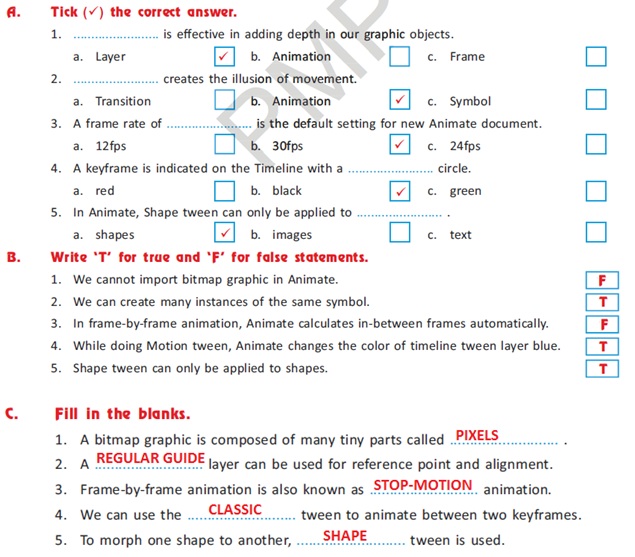CHAPTER 1 – NUMBER SYSTEM
CHAPTER 1 – NUMBER SYSTEM
D) Define the following:
i) BIT
The smallest unit in computer processing is called BIT
ii) BYTE
A group of 8 bits is called a byte.
iii) NIBBLE
A collection of bits on a 4-bit boundary is a nibble
E) Differentiate between the following:
1. Binary Number system and Decimal Number system
|
Binary Number system |
Decimal Number system |
|
1. It is a base 2 number system |
1. It is a base 10 number system |
|
2. It has only two digits 0 and 1 |
2. It has digits 0 to 9 |
2. Octal Number system and Hexadecimal Number system
|
Octal Number System |
Hexadecimal Number System |
|
1. It is a base 8 number system |
1. It is a base 16 number system |
|
2. It has digits 0 to 7 |
2. It has only digits 0-15 where digits 0-9 are represented as 0-9 and 10 as A, 11 as B, 12 as C, 13 as D, 14 as E and 15 as F |
F) Answer briefly:
1. What do you mean by number system? Mention its types.
Number System is a way to represent numbers in a computer system.
It can be classified into two types namely Positional Number System and Non-Positional Number System.
Positional Number System can be further classified as Decimal Number System, Binary Number System, Octal Number System and Hexadecimal Number System.
2. Write the steps to convert from binary to decimal equivalent.
The steps to convert a binary number to its decimal equivalent are as follows:
a) Note down the place value of each digit
b) Multiply each digit with 2 to the power of its place value
c) Add all the products to get the number

